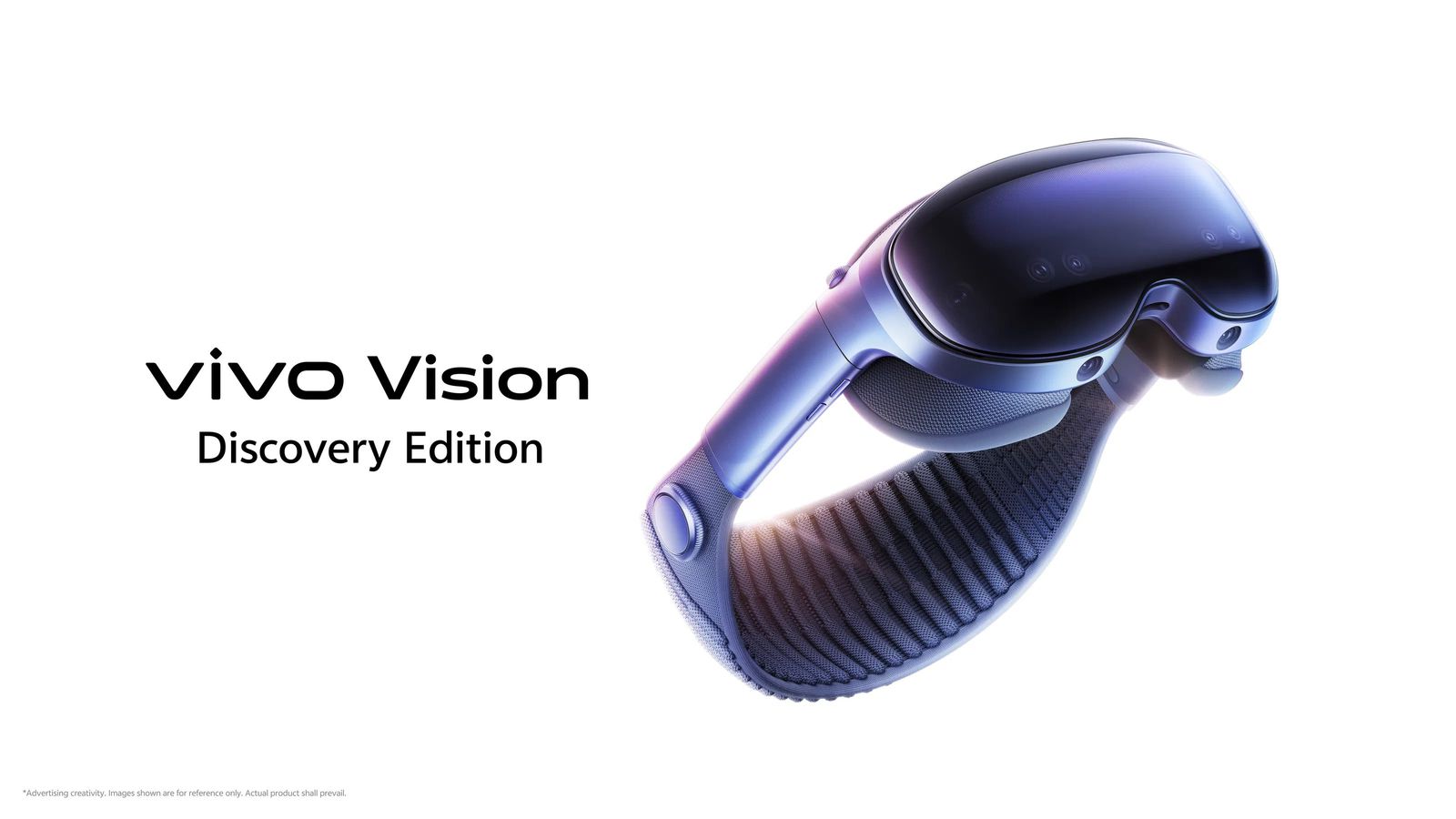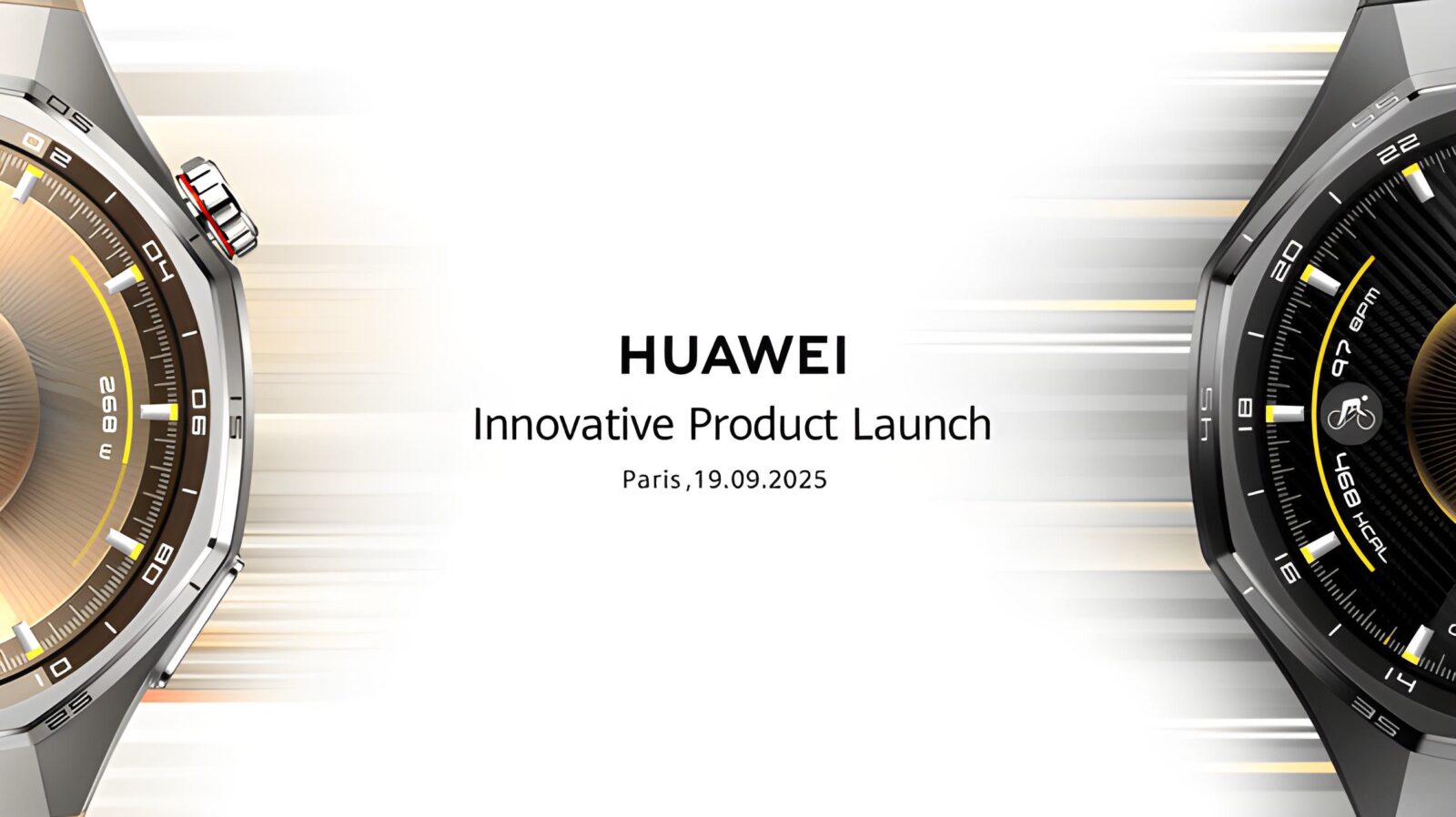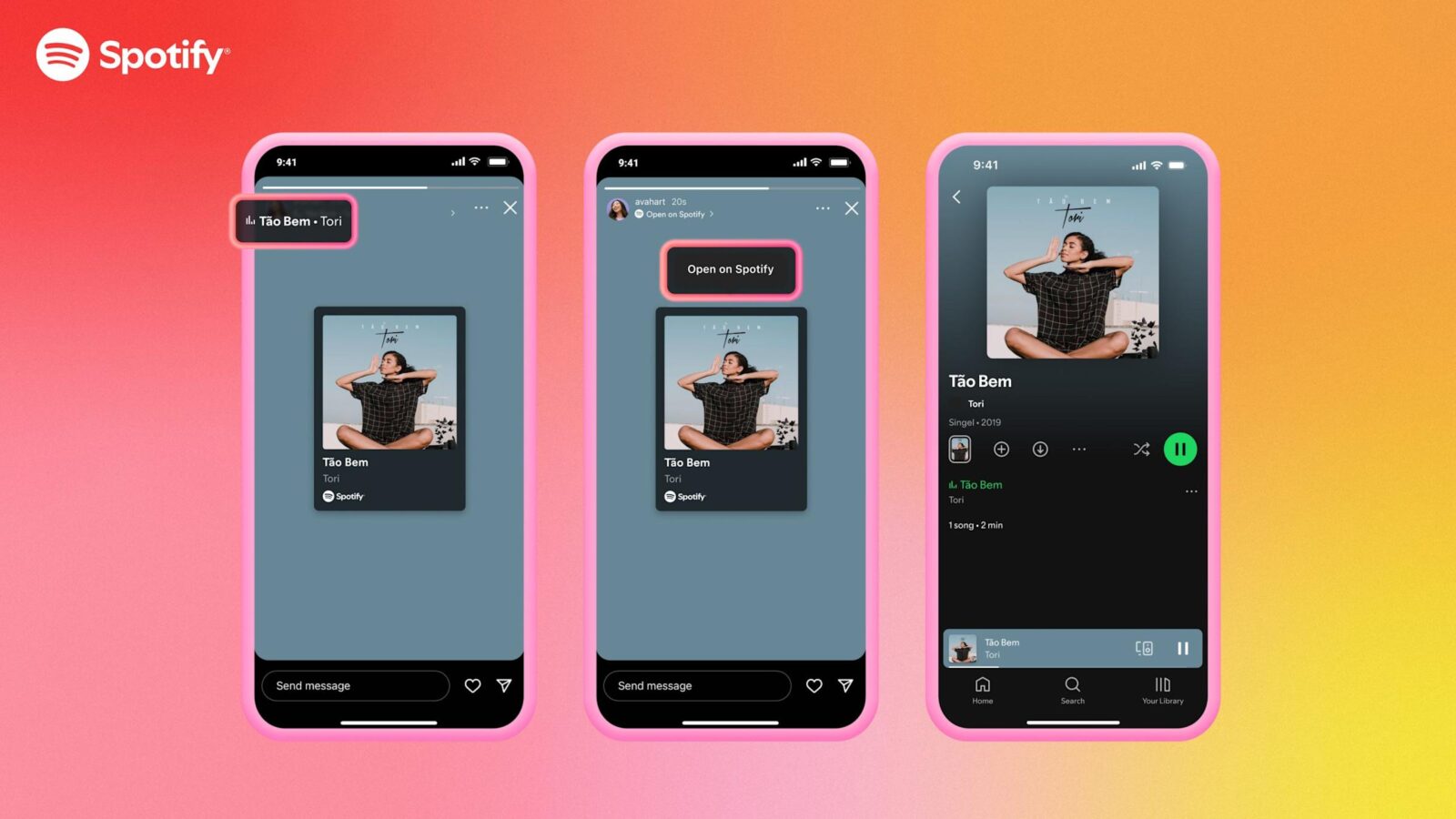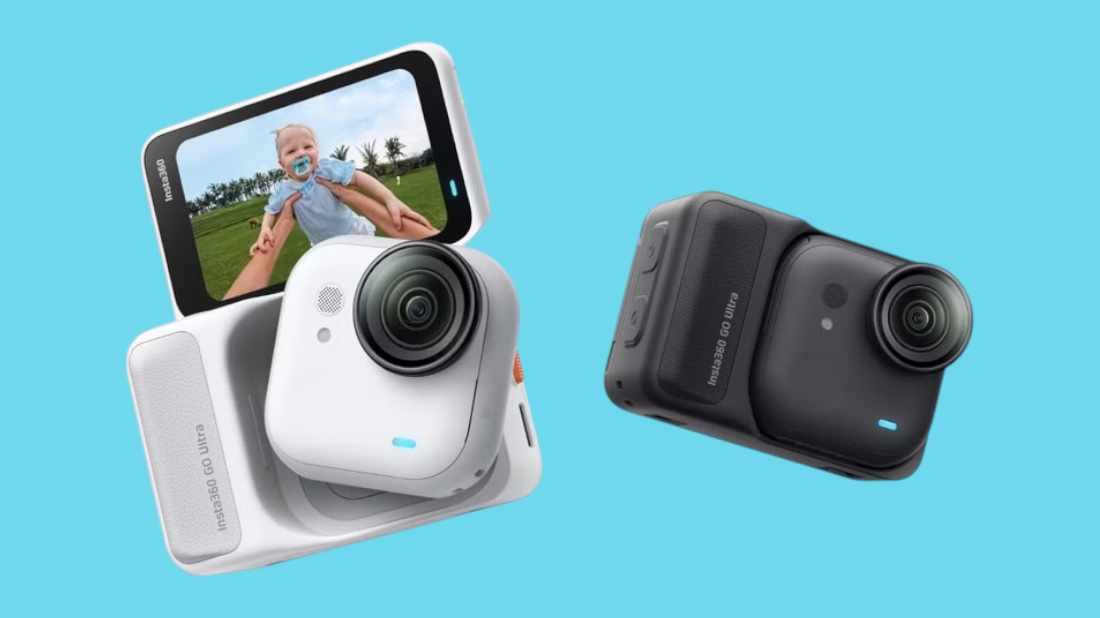Vivo has unveiled its first mixed reality headset, the Vivo Vision, across retail locations in China. The device’s resemblance to Apple’s Vision Pro is hard to miss, from its curved front visor and external battery pack to its fabric light seals and strap system. Still, while the design similarities will draw inevitable comparisons, Vivo is pitching its headset on price and weight as key advantages.
The Vivo Vision features dual 8K micro-LED panels with a resolution of 3,840 × 3,552 pixels per eye—slightly higher than Apple’s Vision Pro. It also offers a 180-degree panoramic field of view, significantly wider than most headsets on the market. At 398 grams, it is lighter than Apple’s 650-gram device, a difference that could matter for extended use. Vivo also claims the headset is 26 percent smaller than the industry average.
The device is powered by OriginOS Vision, Vivo’s custom mixed reality operating system, which the company says can achieve 13ms latency. Functionality includes 3D video capture, spatial photography, and spatial audio, as well as a virtual “120-inch cinema screen” mode. The “Explorer Edition” variant supports 1.5-degree eye tracking and gesture controls with 26 degrees depth of field.
Pricing is set at around 10,000 yuan (roughly $1,395), less than half of Apple’s $3,499 Vision Pro. Pre-orders are now open in China, but Vivo has not announced any plans for international availability. For now, the headset appears intended to target domestic consumers who are curious about mixed reality but unwilling to pay Apple’s premium.
The similarities to Apple’s design may invite scrutiny, though Apple’s Vision Pro itself has faced sluggish sales, with adoption slowed by its high price and limited software ecosystem. Vivo’s lower-cost approach could find traction in China, particularly among users willing to experiment with MR hardware without committing to Apple’s ecosystem.

Meanwhile, Apple is preparing an updated Vision Pro with an M5 chip, expected later in 2025. Reports suggest the refresh will not alter the device’s design or displays but may include a redesigned strap to improve comfort. That timing could set the stage for a more direct comparison between Apple’s next-generation headset and Vivo’s new entry, at least in terms of hardware capabilities.
Whether Vivo’s Vision is dismissed as a knockoff or embraced as an affordable alternative will likely depend on how well OriginOS Vision performs and how developers support the platform. For now, it highlights the widening gap between Apple’s premium pricing strategy and the more aggressive, mass-market tactics of Chinese hardware makers.






